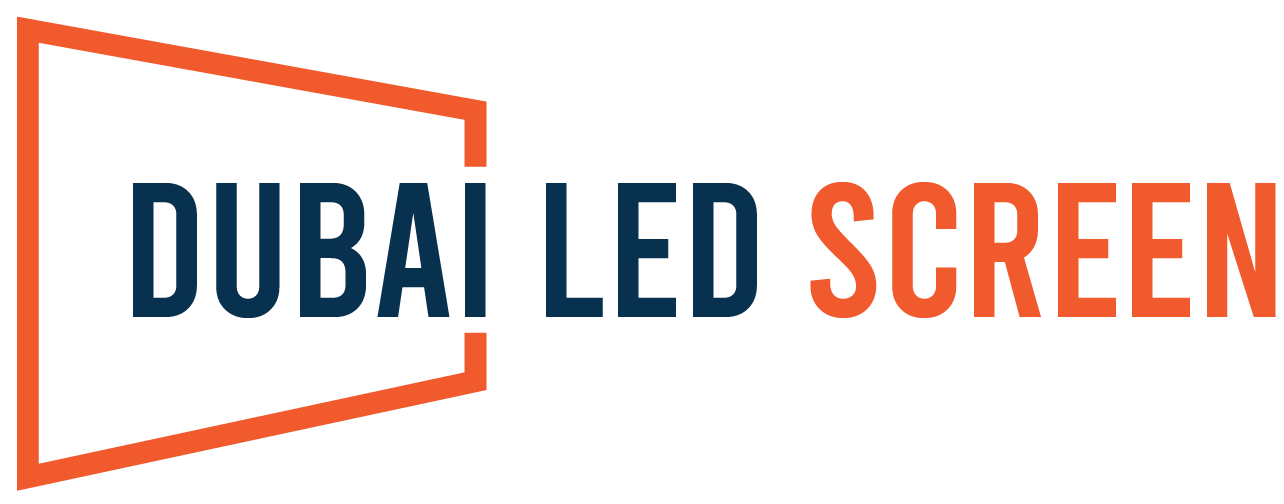In the dynamic realm of digital-out-of-home (DOOH), the global market for outdoor LED displays is witnessing an unprecedented surge. While weatherproofing remains a paramount concern in this domain, the weight of outdoor LED screens is emerging as a critical factor, profoundly influencing installation logistics and structural load considerations.
Evolution of Outdoor LED Screens
Traditionally, outdoor LED screens have weighed between 25 and 35kg per square meter. As these displays grow in size, their weight becomes a limiting factor, posing challenges for structural capacity and escalating installation costs.
Enter the Era of Ultra-Light Outdoor LED Screens
To address these weight-related challenges, LED screen manufacturers are innovating with ultra-light panels explicitly designed for outdoor use. Unlike their heavier counterparts, these lightweight LED panels weigh less than 22kg per square meter while maintaining resilience against extreme weather conditions.
A notable example is a South Korean manufacturer’s ultra-light series, featuring pixel pitches of 6.9mm and 10mm. Weighing between 18.5 and 21.2kg per square meter, these panels open up possibilities for roof and ceiling installations by exerting minimal pressure on the structural load. Similarly, a Chinese manufacturer introduced its lightweight series in May 2022, weighing a mere 17kg per square meter. This breakthrough product dispels the notion that ultra-light design compromises visual excellence and outdoor performance.
Benefits of Embracing Ultra-Light Outdoor LED Screens
Enhanced Efficiency: Lighter LED screens streamline tasks from shipment to installation, resulting in reduced workloads and lower costs. This decrease in workload contributes to a safer installation environment, minimizing the risk of accidents.
Versatile Installation: Lighter screens enable various installation methods, such as poles, rooftops, building facades, and ceiling-hung installations. For large outdoor LED displays requiring numerous modules or cabinets, the lighter weight ensures overall installation remains manageable.
Freedom in Design and Size: Ultra-light LED screens allow for larger screen sizes without compromising structural integrity. Precise load calculations remain essential for installations, and the reduced weight opens up possibilities for more creative and expansive designs.
Ease of Service and Maintenance: Lightweight LED modules are easier to remove and disassemble, simplifying maintenance tasks. Working at heights becomes safer and more manageable when dealing with lighter LED modules.
In Conclusion
The advent of ultra-light LED screens is set to revolutionize digital out-of-home experiences. Beyond the obvious reduction in weight, these screens offer greater flexibility in design and installation. With lighter screens, LED display providers can propose more creative solutions, empowering businesses to achieve their goals without constraints in screen sizes and installation methods. The ultra-light LED screen represents not just a technological evolution but a pathway to limitless possibilities in the digital signage landscape.
